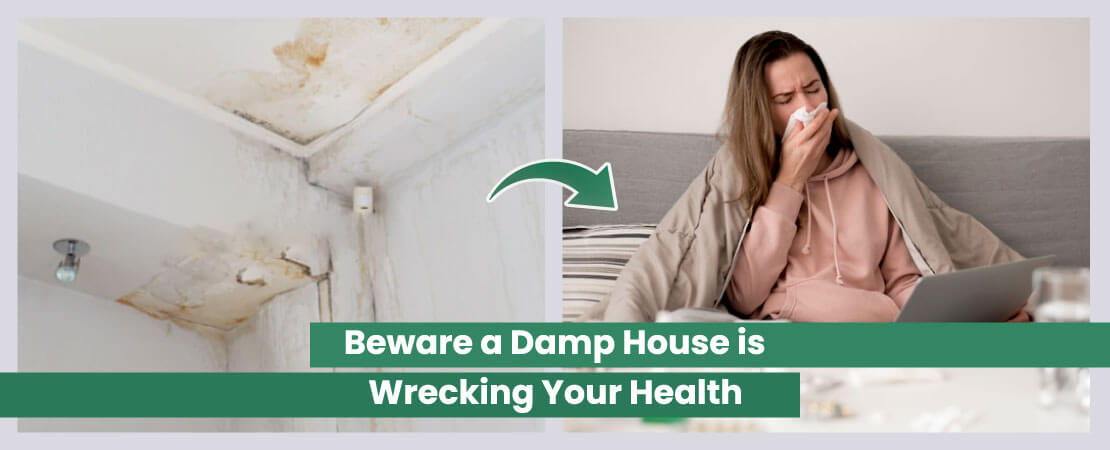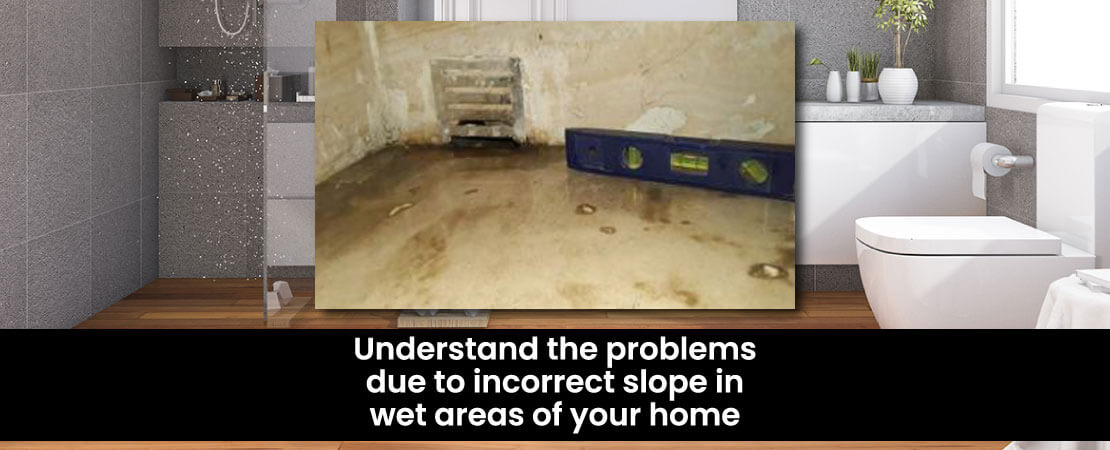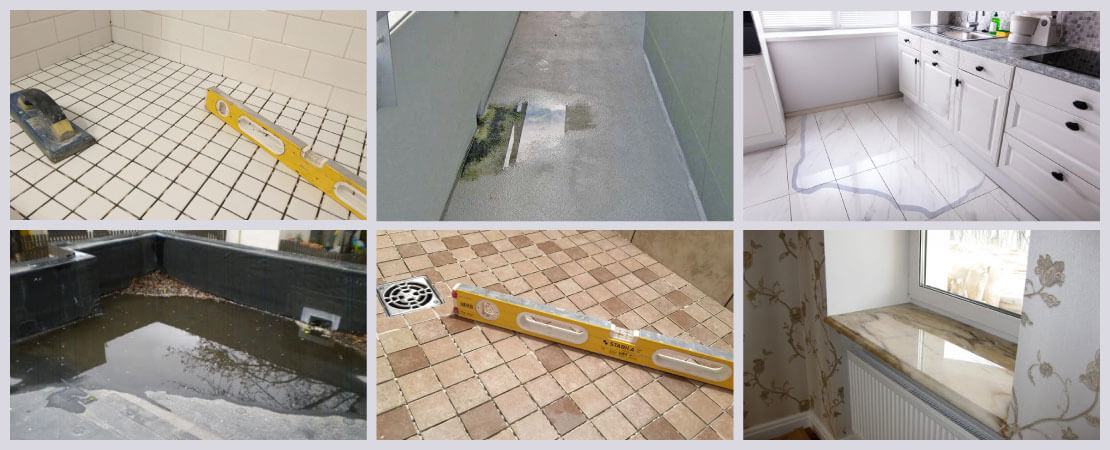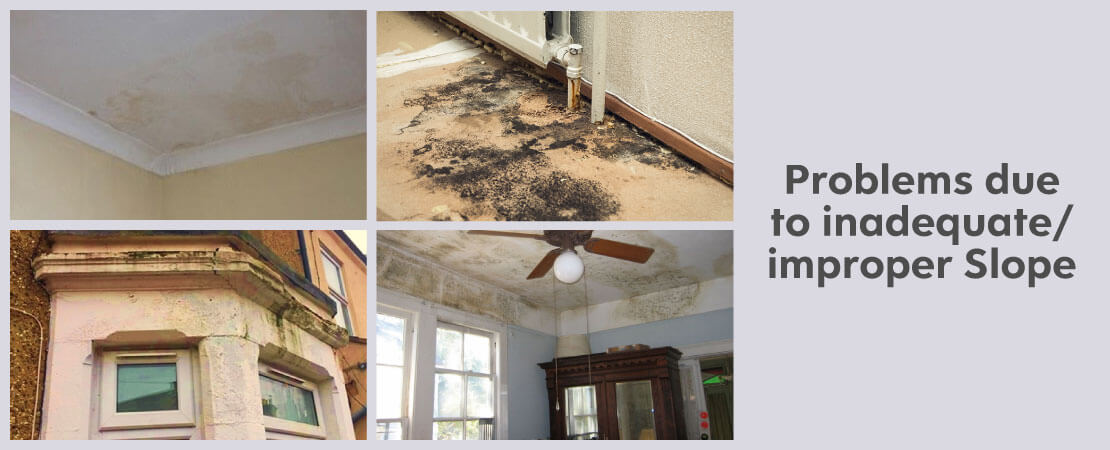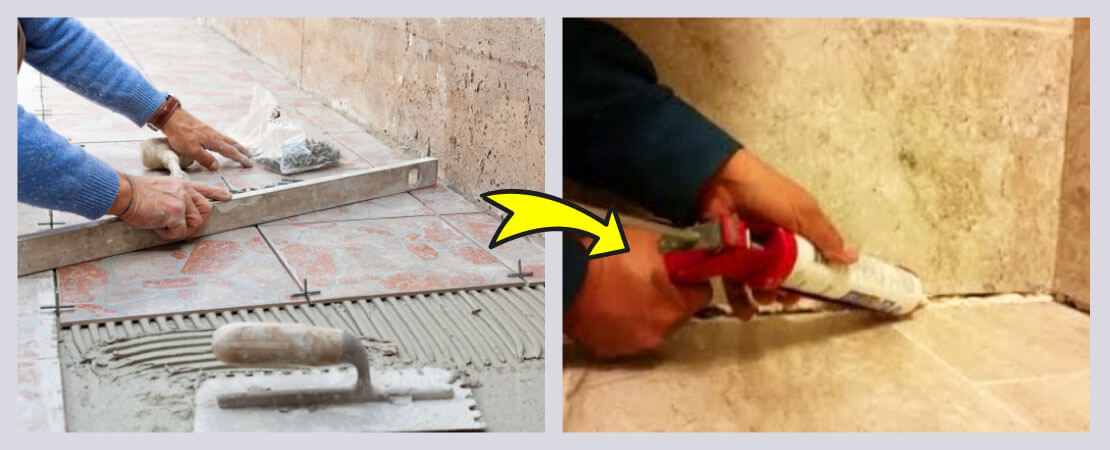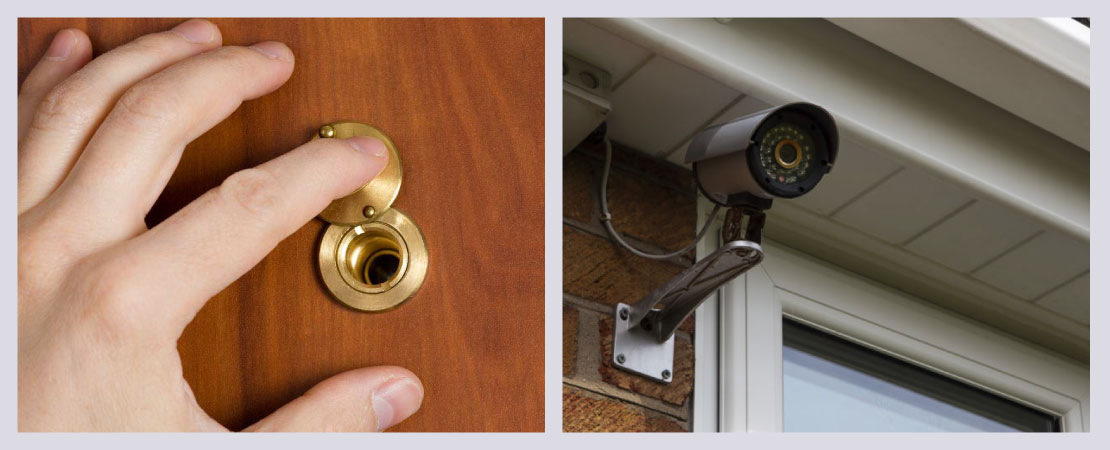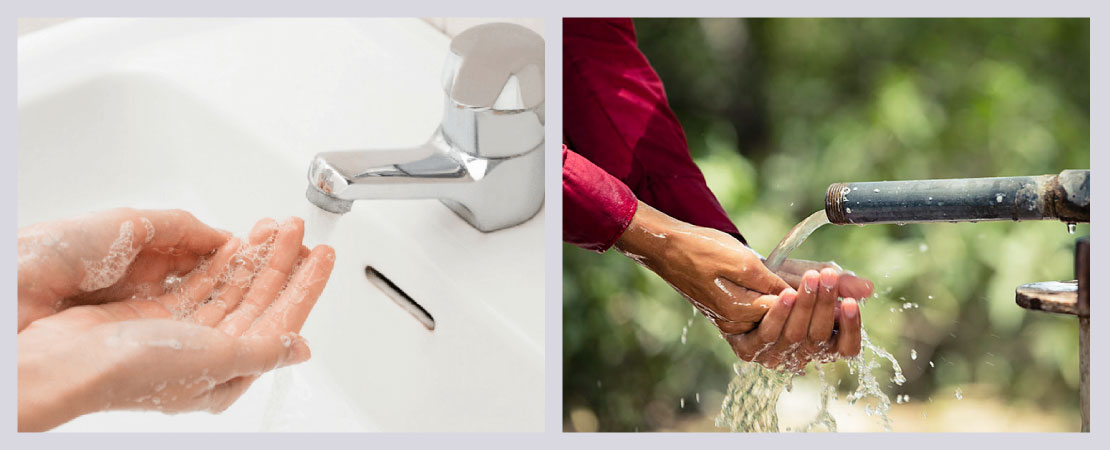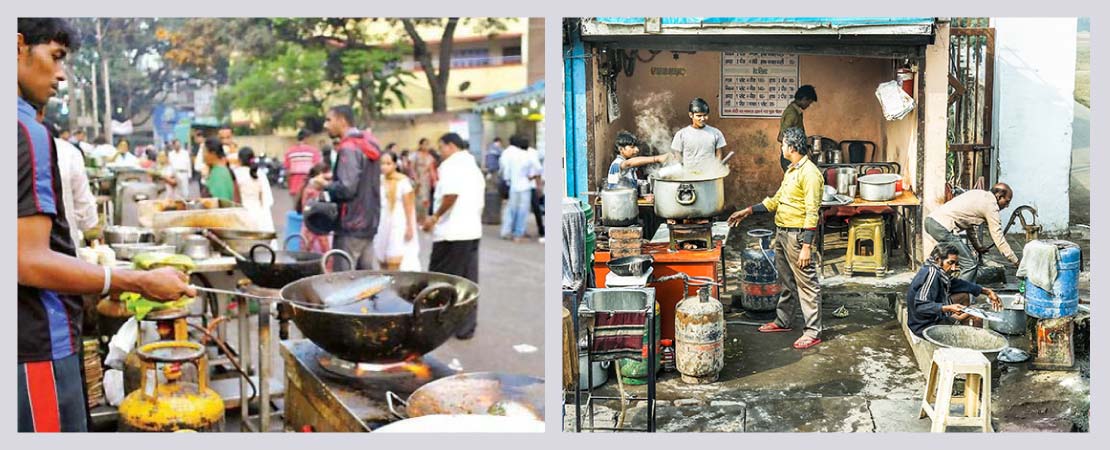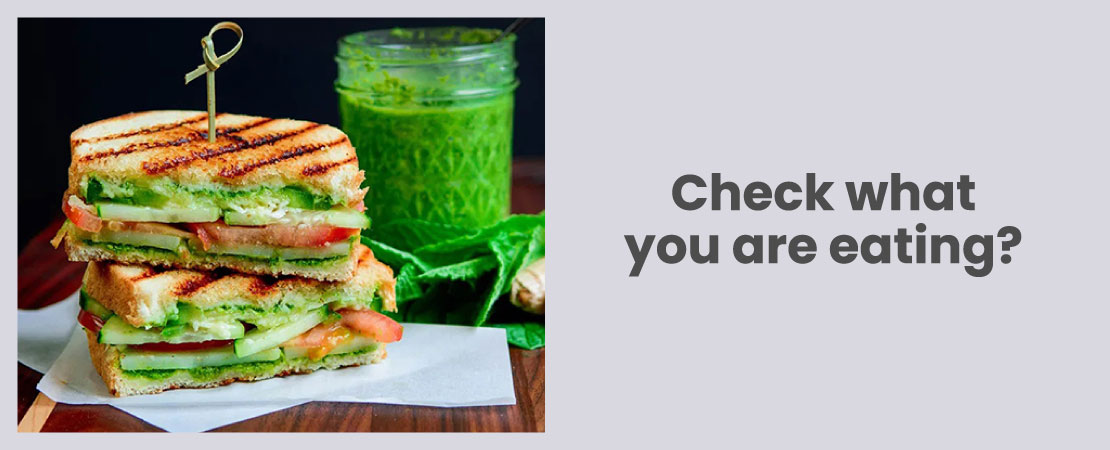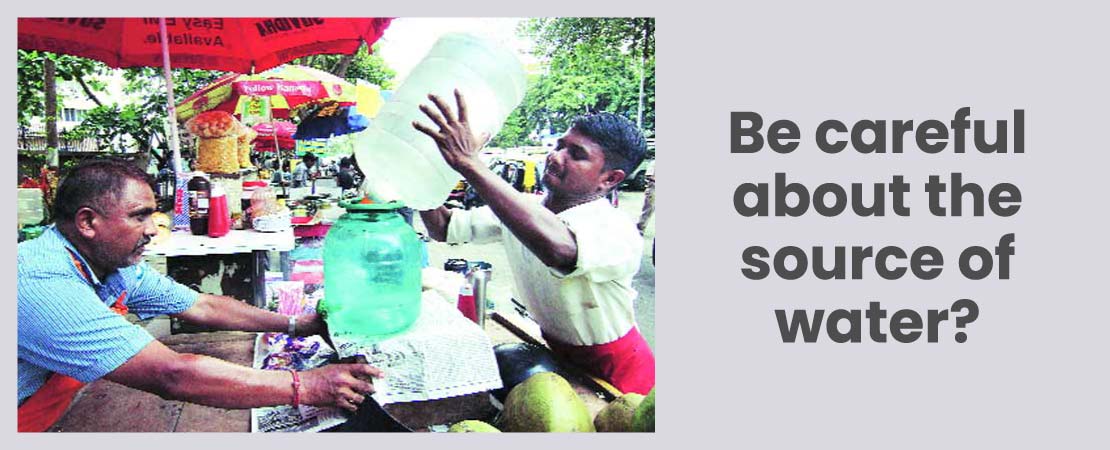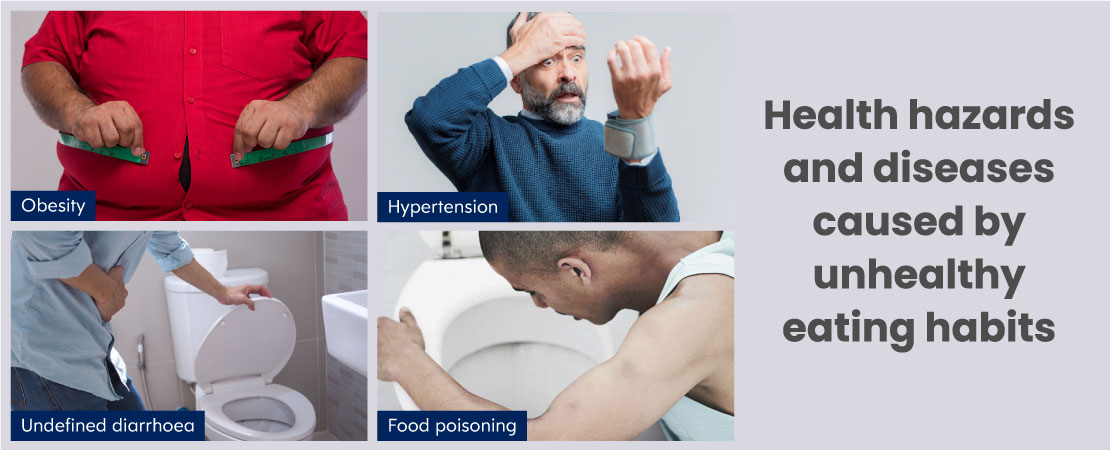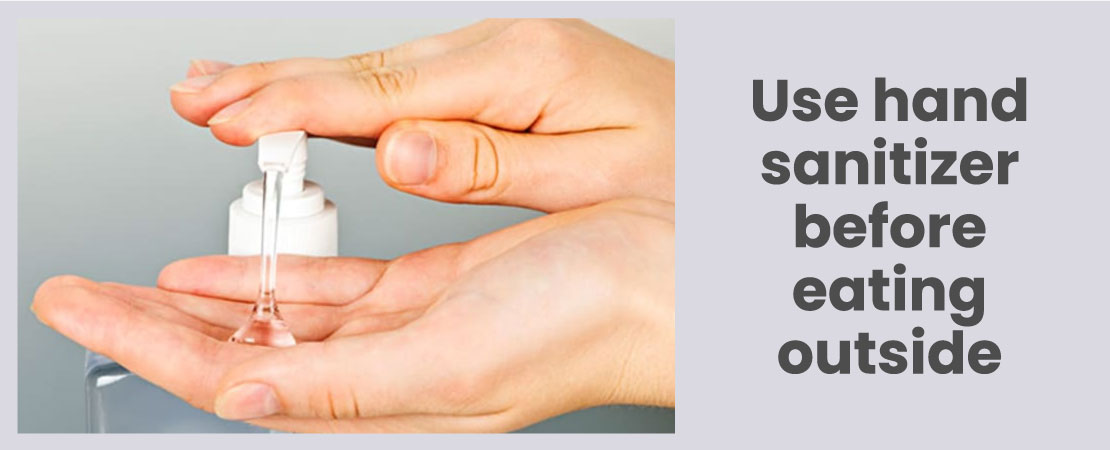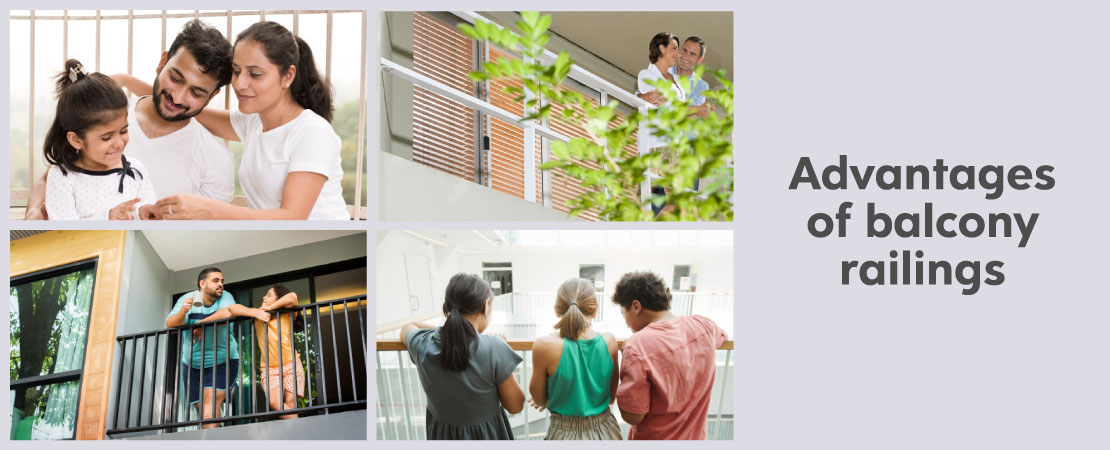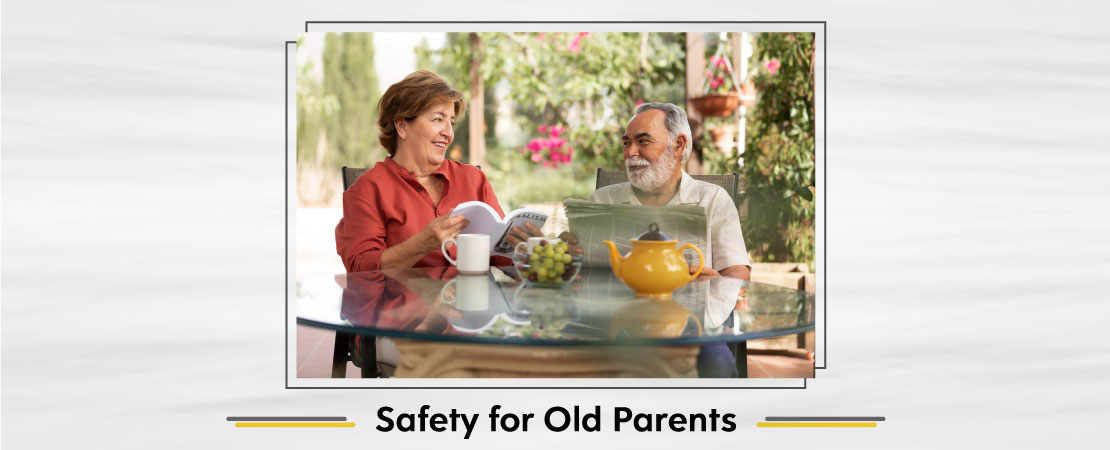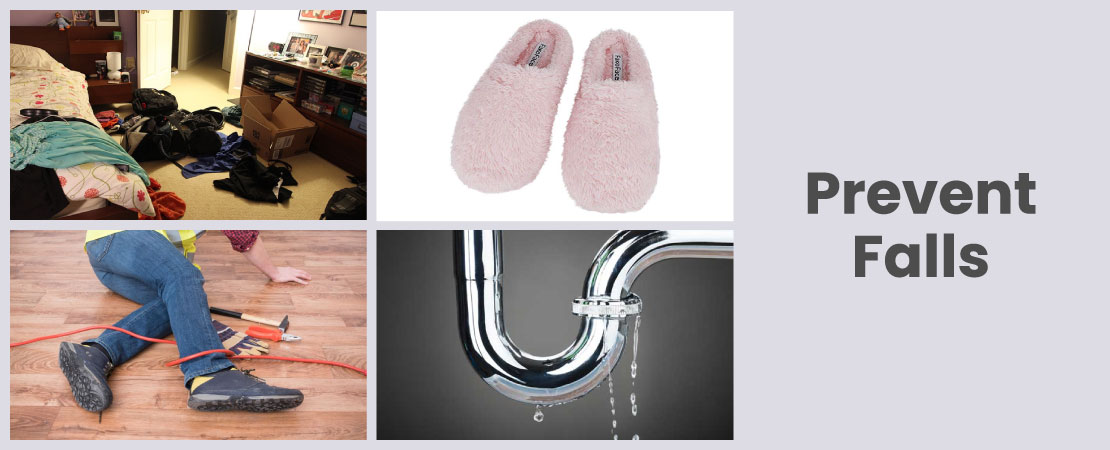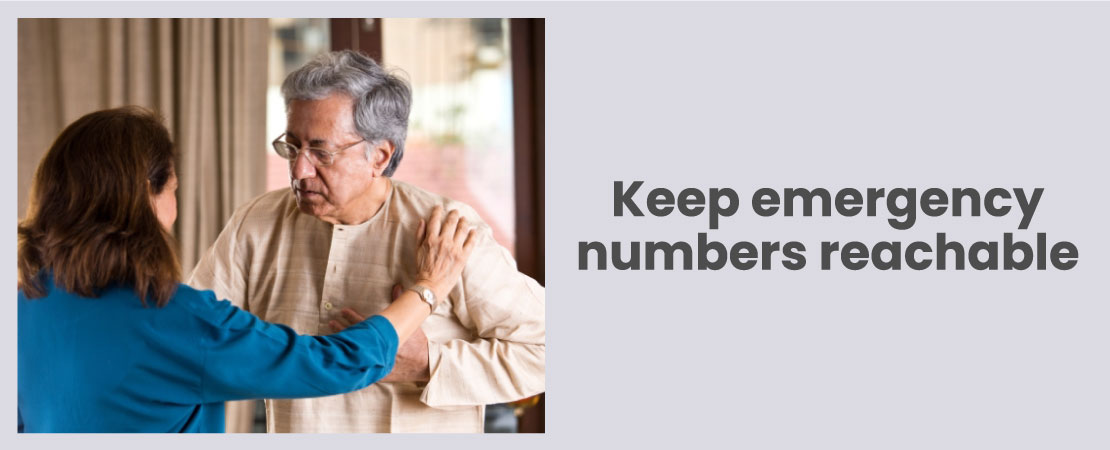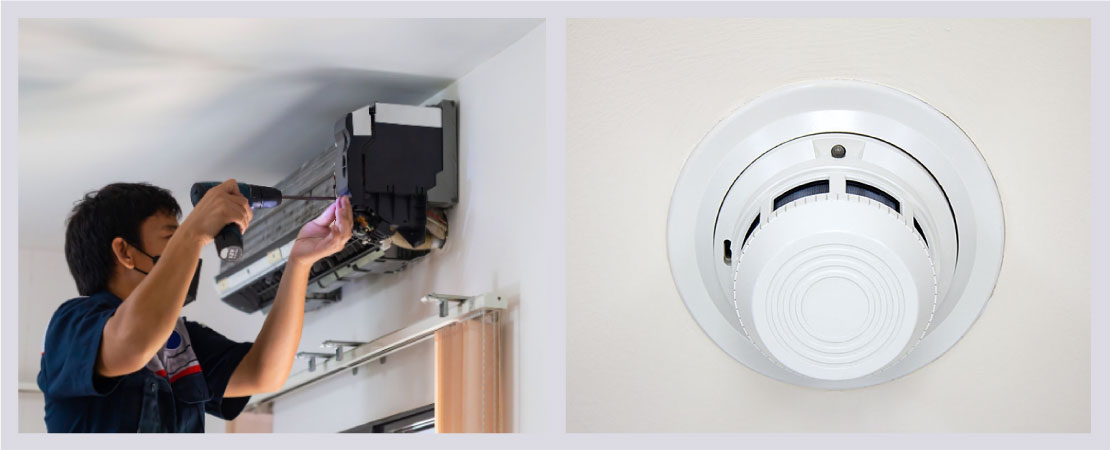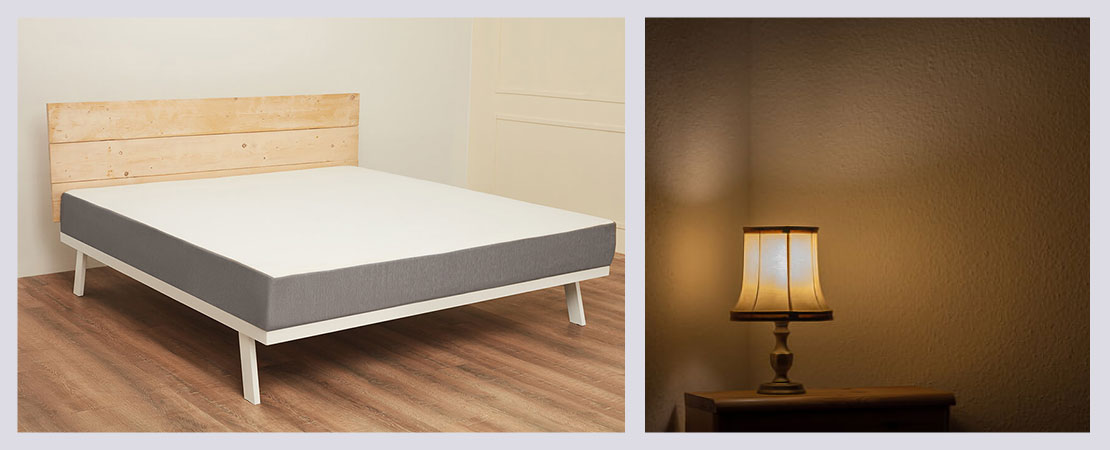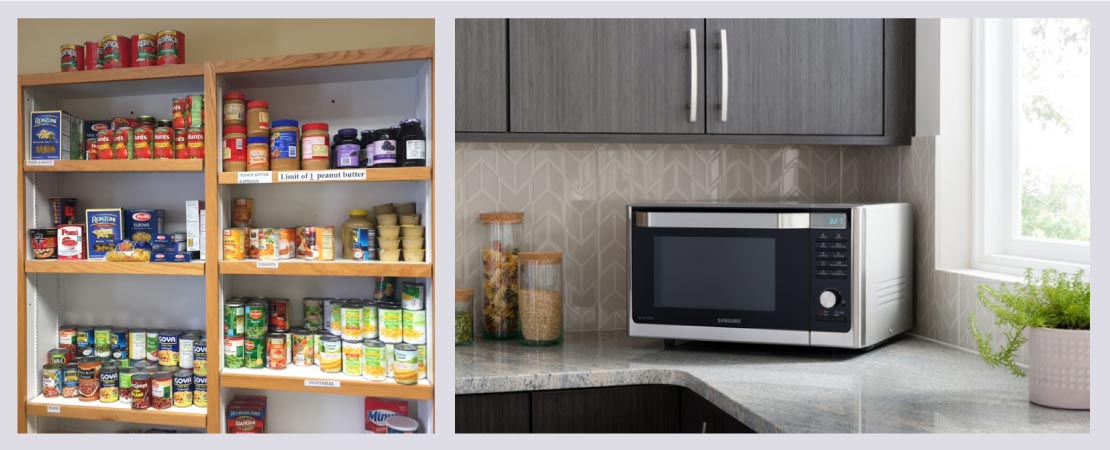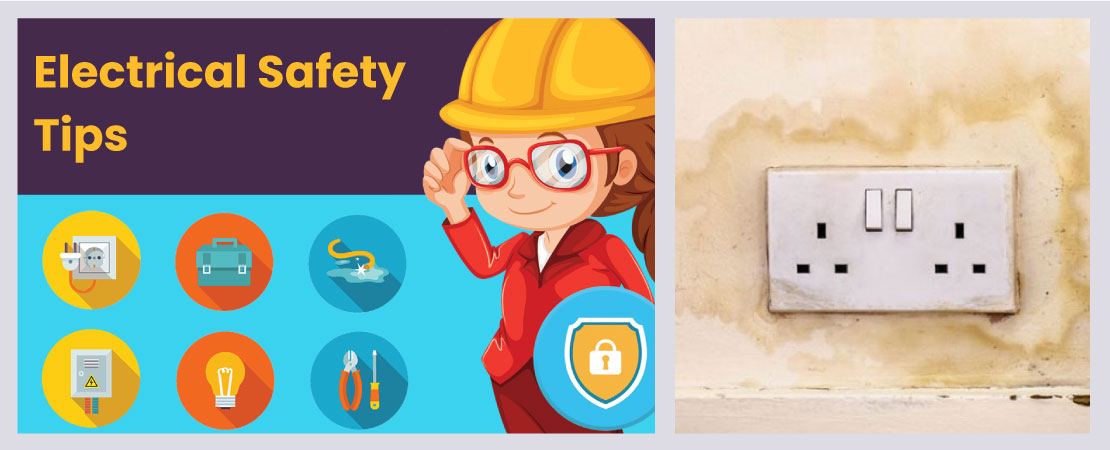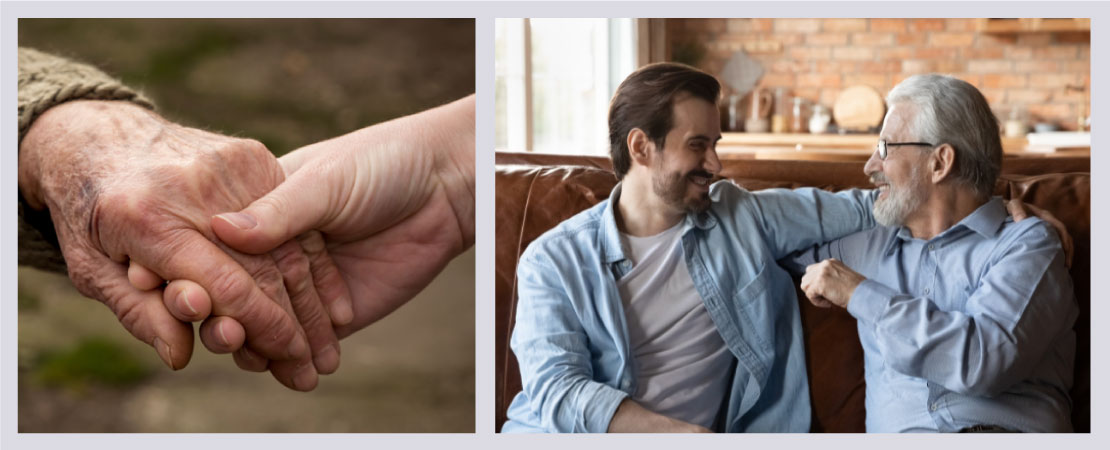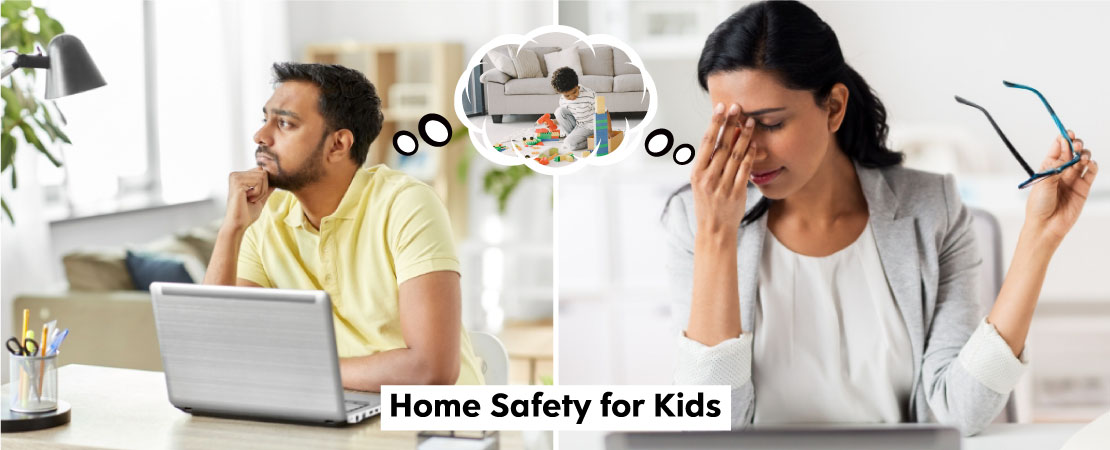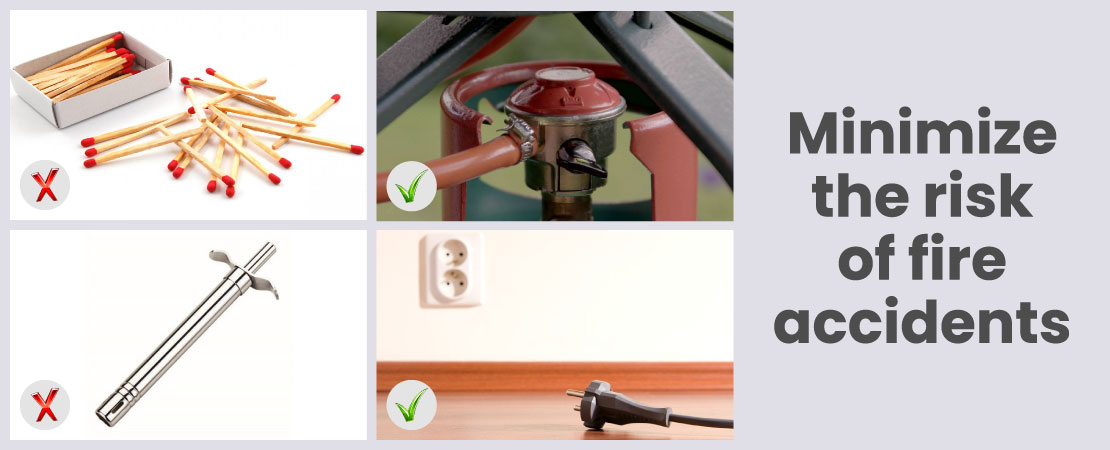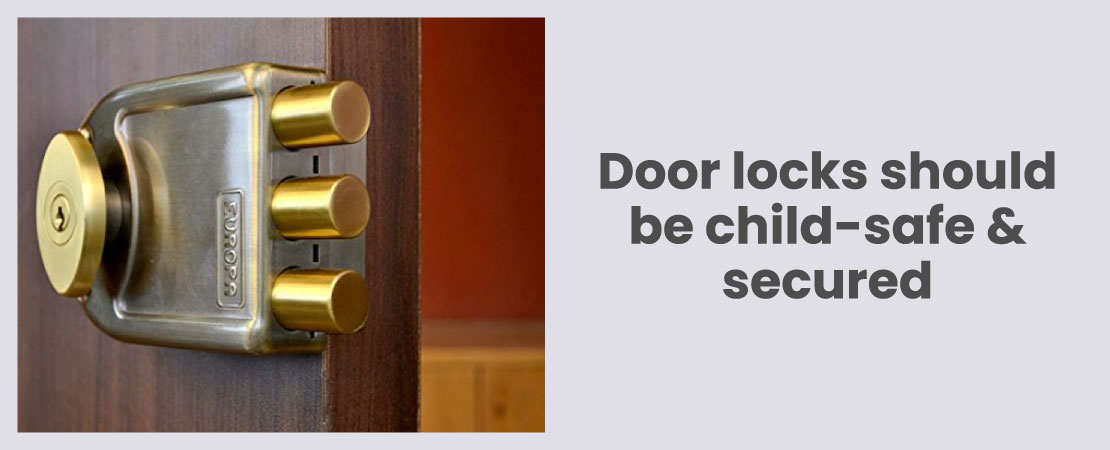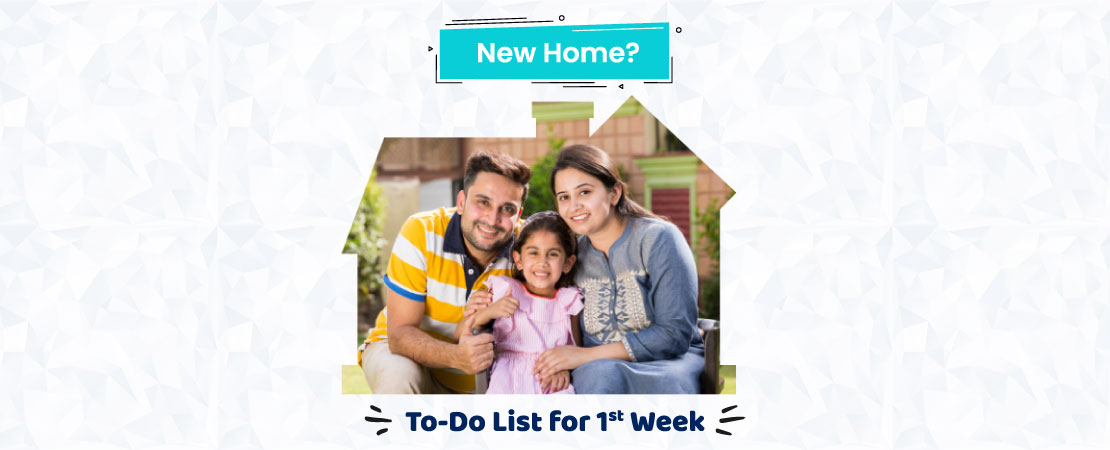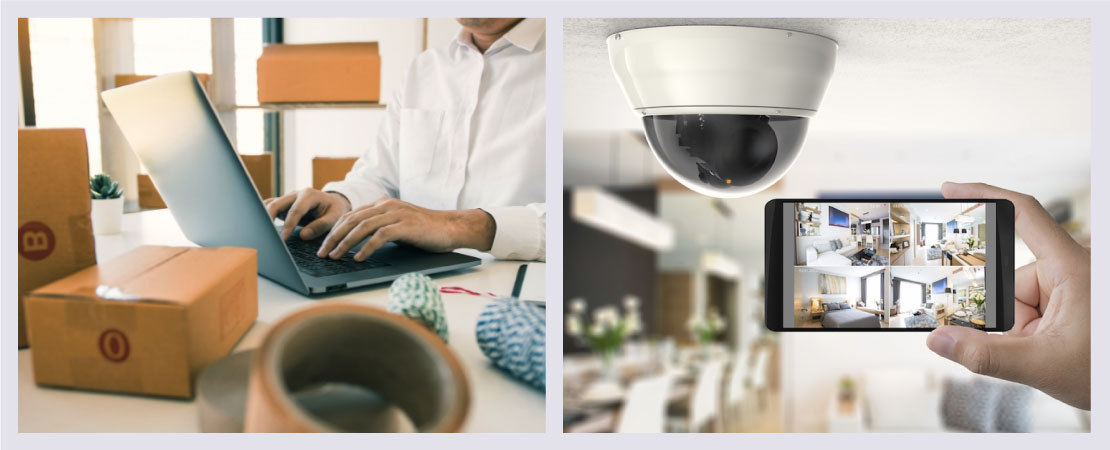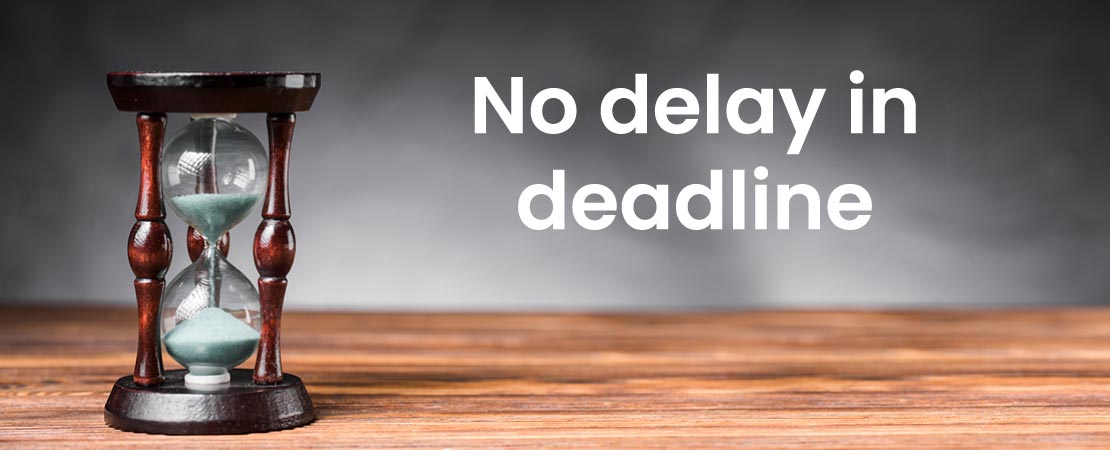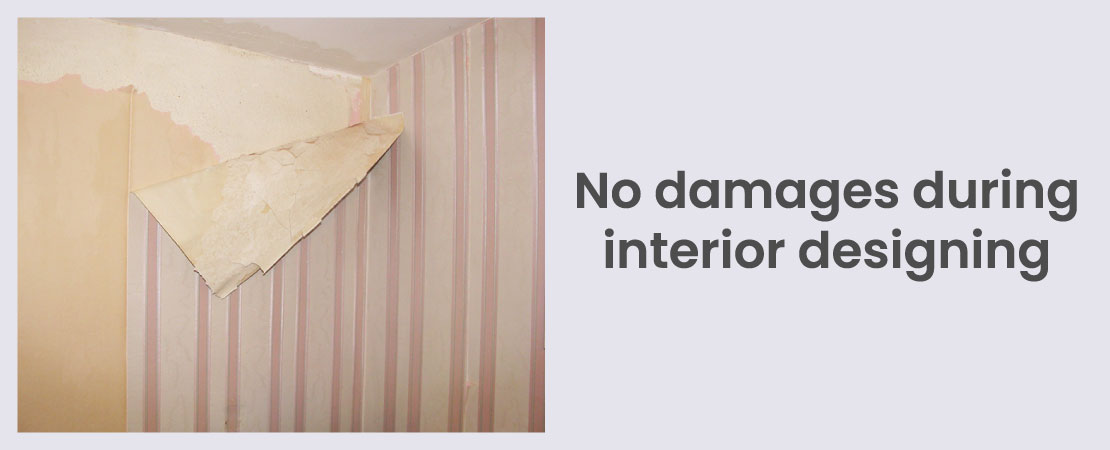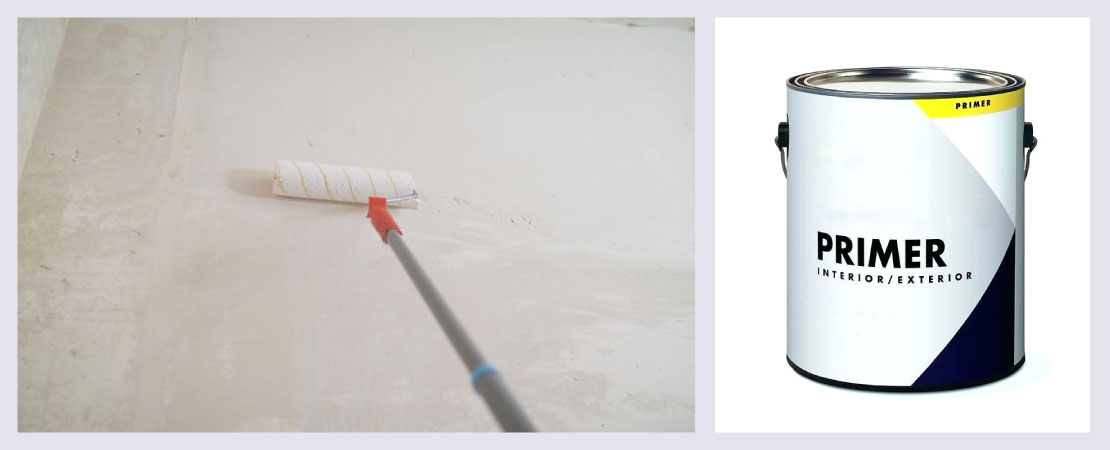Ever wondered how damp in your house is playing with your health? Yes, the dampness on the wall here and there not only spoil the look of your home but impact the health of your family too. India being a tropical country, the building structures here are exposed to a high amount of moisture and humidity. Thus, they become more susceptible to damp development. When you are living in such a home, one thing leads to another and before you even know, your health is at risk too. Research suggests that on an average, we spend around 16 hours in our home. So, it is easy to apprehend how much at risk we are of developing health disorders due to damp. Common human health hazards associated with a damp house include:
- Upper respiratory (nasal and throat) symptoms
- Asthma symptoms in sensitized persons with asthma
- Cough
- Wheeze
- Allergies
- Skin Diseases
- Migraine Headaches & Depression
What are the reasons and how does damp wreaks havoc on our health? We have listed out a few points below for you:
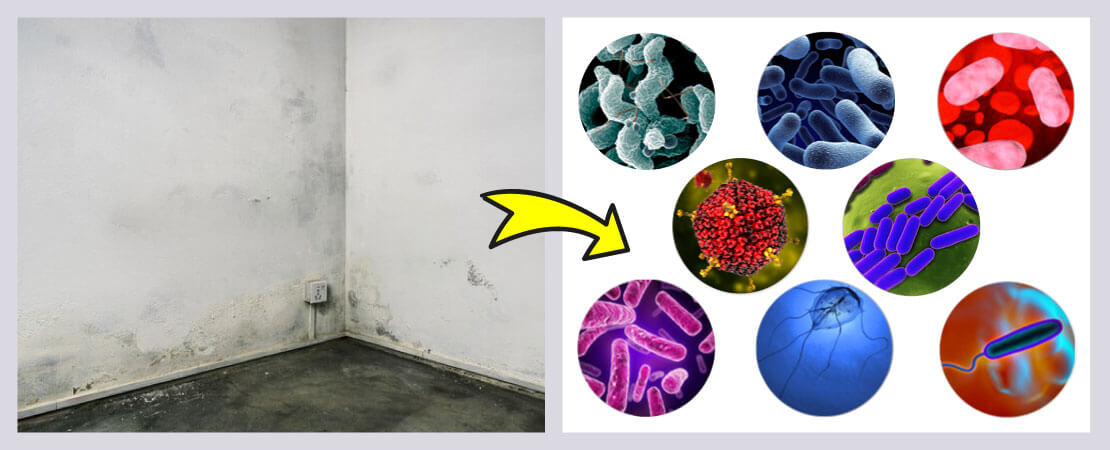
1. Flourishing Pathogens
When you have damp in your home, it means excess moisture has been accumulated. Guess what it is best for enabling pathogens and all kinds of germs to flourish and reproduce in higher numbers. Besides viruses and bacteria, other microorganisms like fungi and algae also proliferate in a moist environment. These microorganisms, being pathogenic, bring forth health disorders of various types. They release harmful chemicals in the air that pollute the indoor atmosphere or act as allergens causing mild to severe irritations in different parts of the body. If dampness persists these irritations tend to become chronic in nature.
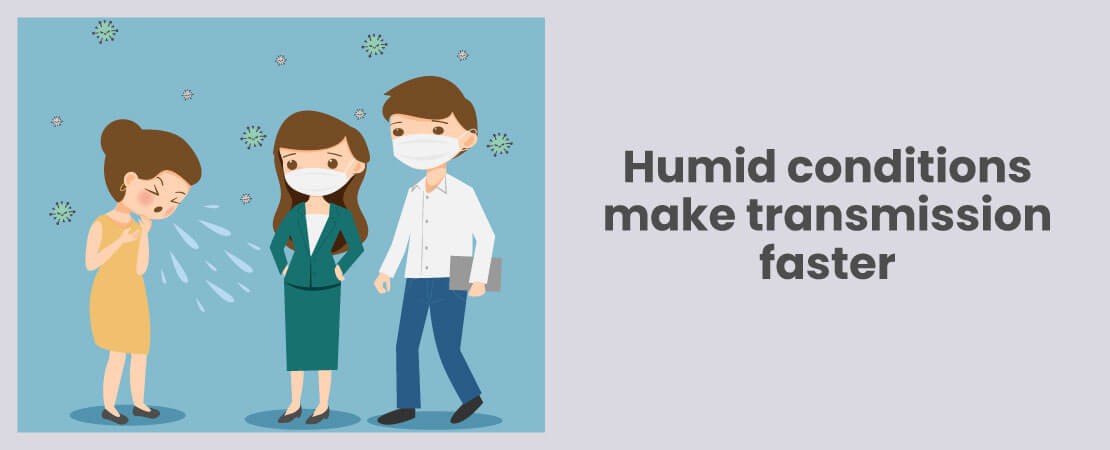
2. Humid conditions make transmission faster
If multiplying by leaps and bounds was not enough, the transmission of viruses and bacteria and other microbes is facilitated in humid conditions. When you present them a humid indoor environment, they tend to spread exponentially.
Look at what’s happening in the current pandemic situation! Earlier it was said that COVID-19 can flourish only in cold climates. But more recent evidence shows that it can be transmitted in all areas including hot and humid places1. Actually, virus thrives inside the human body the normal temperature of which is 36.5-degree to 37-degree Celsius. This is regardless of the external temperature and weather conditions. So, apart from maintaining basic hygiene, it is advisable to keep your house as damp-free as possible to restrict the transmission of viruses.

3. Flourishing dust mites
Dust mites are popular in households where the temperature is considerably high and the moisture level is also in excess. They are the catalyst to give rise to allergy, stuffy nose, respiratory problems and asthma. So, if you have experienced stuffy nose, itchy eyes, and breathing problem then you might want to look into the condition of your house. These symptoms can further give birth to health problems that will cost you in the long run. It is better to invest some money in your house now or at least take suitable care.
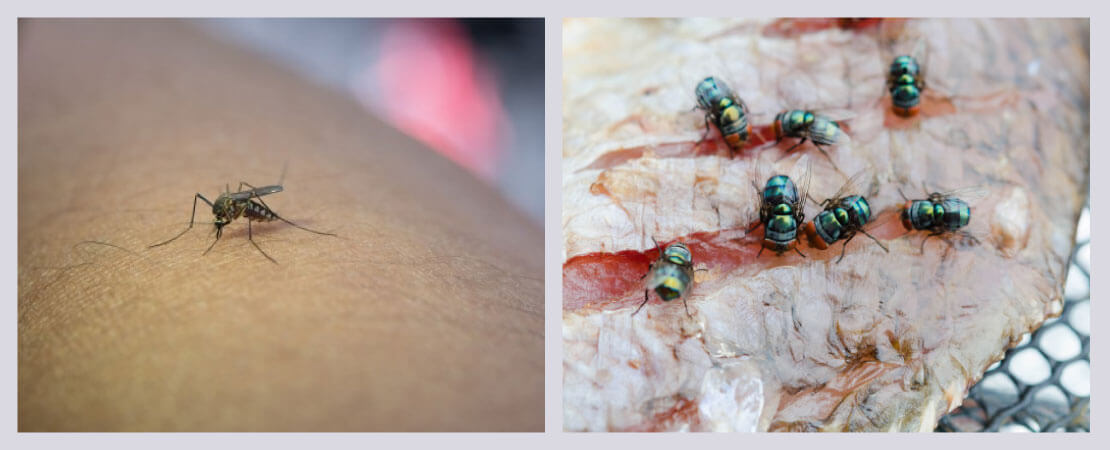
4. Welcoming pests
Well, mosquitoes and flies infested every part of the house, spiders spinning cobwebs in every corner, the occasional screeching of mice or musk-rats- is this how you picture your home? Damp build-up welcomes all these pests and other unwanted ones too. They have a directly proportionate relationship with damp which means the greater the damp in the house, the more is the number of pests. Now would you want to live in a house with humans or disgusting pets? If the former option is your choice then get rid of this unhealthy living condition immediately. It affects your immune system, breathing pattern and slowly destroys your health.
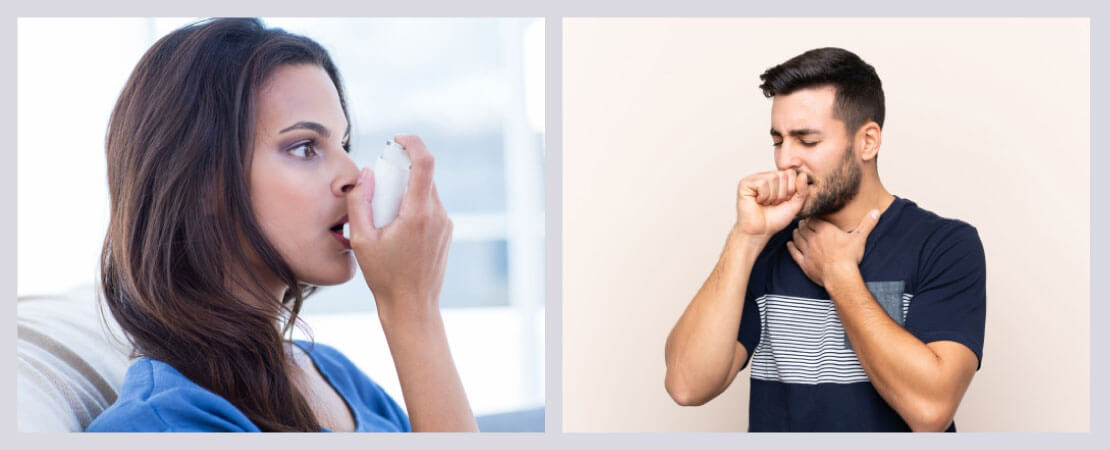
5. Cold climate
Several types of research have shown that a cold indoor climate is the result of dampness in those regions where it is not naturally cold outside. Unmaintained house, damaged roofs and walls are the common causes but it could also be because of the lack of proper ventilation. Humans can stay overall healthy if the environment in which he or she is living is dry with optimum moisture content in the air. If the house becomes a place where it is difficult to breathe then it is obvious that the environment isn’t right.
Cold indoor atmosphere adversely affects respiratory health. A significant number of people in the world suffer from asthma2 which is often linked with damp indoors. Chronic coughing, wheezing, breathing difficulty are the health problems which lead a person towards asthma. And asthma could be life-threatening. It just gets worse if not treated in the right way with the right amount of attention.
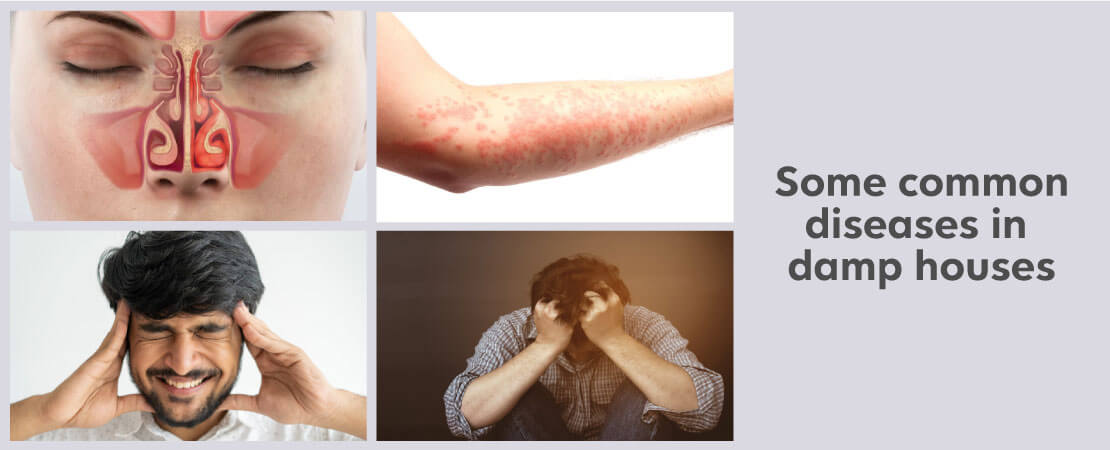
Other diseases that are common in the inmates of damp houses are:
Allergic Rhinitis: Characterized by frequent sneezing, stuffy nose, runny nose, itchy eyes, and post-nasal drip, allergic rhinitis is an inflammatory condition of the mucus membrane inside the nose. It is caused by viruses, bacteria, and allergens. Some of the external triggers of allergic rhinitis include humidity3 chemicals, and air pollution (indoor or outdoor) etc.
Skin diseases: Most of the skin infections are caused by fungus. Fungal spores are the causal agent of these diseases. To understand more, click here4.
Migraine: One of the most common triggers of migraine is the weather. Whenever there is high (or low) humidity, there is a change in the oxygen levels in the air. The air becomes saturated with moisture in high humidity conditions reducing oxygen levels significantly. As a result, it becomes difficult for the brain of the people with migraine to receive the right amount of oxygen to function properly. Result? – Unusual expansion or contraction of the blood vessels to compensate for the lack of oxygen, exerting tremendous pressure on the nerve fibres. Therefore, indoor humidity too may trigger a migraine5 headache.
Depression: Dampness and growth of fungus in poorly ventilated homes have been long associated with depression6. One should be careful about it before it takes the turn of clinical depression.
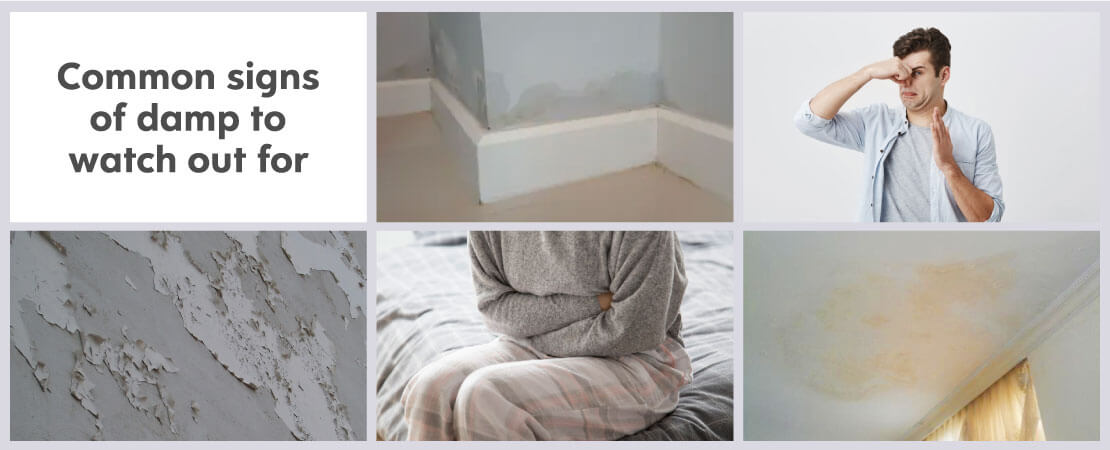
To make your life a little easy, here are some common signs of damp to watch out:
- Damp patches – A patch is a sign of damp commonly seen on the ceiling, walls, behind the WC in the bathroom etc. Damp patches on walls are generally the result of penetration7, where water from outside gets into the brickwork through gaps and cracks.
- Musty damp smell – The first and the foremost thing about damps are they are musty and smell bad. The freshness of a room gets evaporated with damp walls. So, always keep an eye on this.
- Peeling and flaky paint – The most common thingin a house that has been ignored. Once you start noticing this, get a professional inspection done and get it fixed.
- Cold in-house atmosphere – Do you wonder why your house feels cold be it summer or winter? Well, it’s the damp dude!
- Discoloured walls – Discoloration is characterized by localized darkening of the original color of walls.
You can read this article for a better understanding of the same.
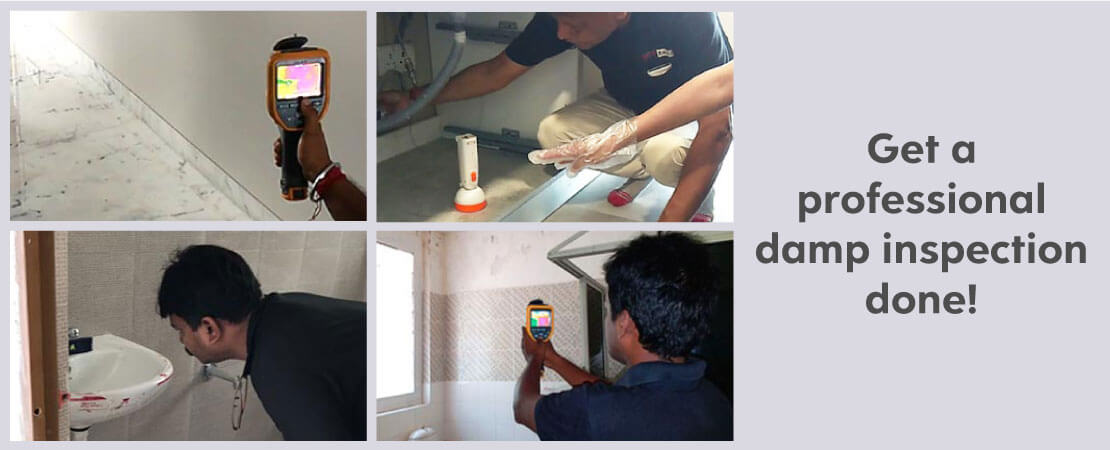
You should take proactive steps to reduce indoor air pollution because if you want to live a healthy life, your home is where you should start. Our environment plays a major role in our mental and physical well-being. So when it’s damp and dirty, it is not only creating a negative space you are living in but also and most importantly it is affecting your health in a way you might not anticipate. In such cases, it is sooner the better. Go for a professional damp inspection which will help in detecting the source of dampness with help of thermal imaging technology and take decisive action to eliminate damp from your house at the earliest.
Reference links used:
1. https://www.who.int/emergencies/diseases/novel-coronavirus-2019/advice-for-public/myth-busters?gclid=Cj0KCQjw6ar4BRDnARIsAITGzlCcwstyMyXdpFKNRukh8W-_cAg5RyBTNxmZIfqr2hyBBCbIjRM448YaArGVEALw_wcB#climate
2. https://theconversation.com/health-check-how-does-household-mould-affect-your-health-48341#:~:text=Inhaling%20mould%20fragments%20or%20spores,health%20problems%20such%20as%20asthma.
3. https://www.healthline.com/health/allergic-rhinitis#risk-factors
4. https://www.penn-jersey.com/article-household-mold-skin-conditions
5. https://blog.themigrainereliefcenter.com/humidity-and-migraines-what-you-should-know
6. https://www.ncbi.nlm.nih.gov/pmc/articles/PMC1994167/
7. https://www.rd.com/article/damp-walls-whats-the-problem/

